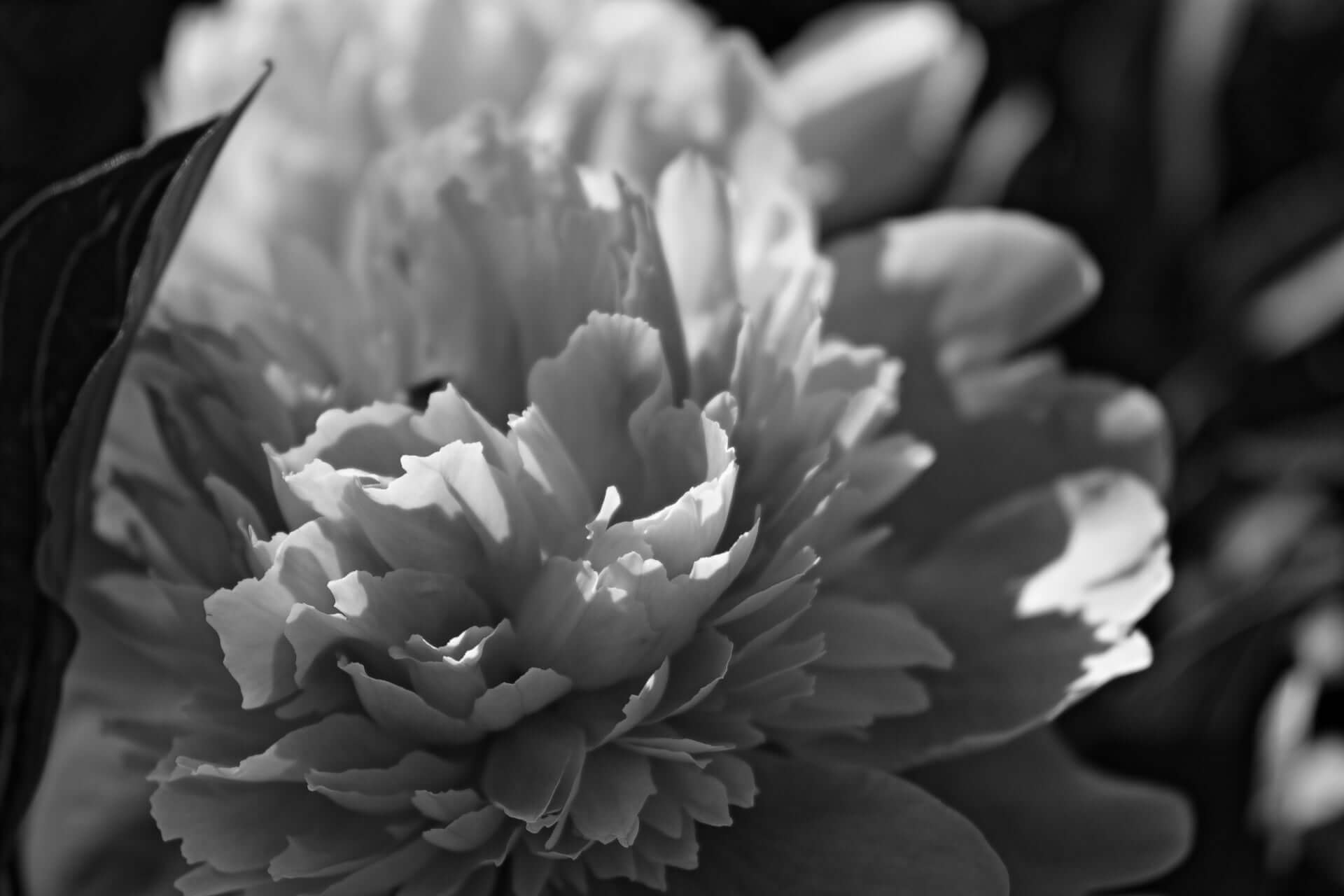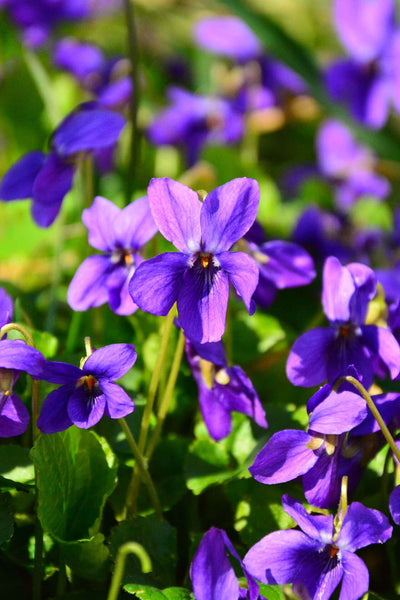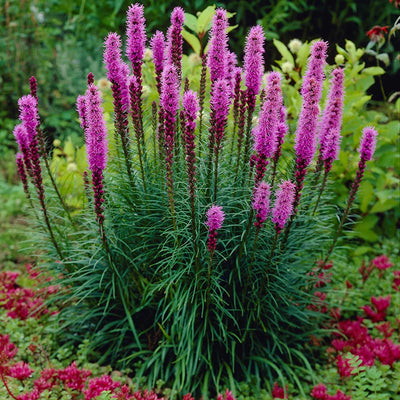By using a single main color throughout the landscape, a Monochromatic Garden creates a peaceful, well-balanced outdoor area. Any yard with this pattern will feel clean, calm, and beautifully linked.
People who like gardens often like how garden color schemes help make outdoor spaces more organized and flow better without using too many bright colors.
This guide will show you how to choose plants, make simple designs and create a garden that looks good from all sides.
Why Monochromatic Gardens Are Popular
Many gardeners like the beauty of a single-color garden because it adds a sense of tranquility and organization to any outdoor environment. The yard feels smoother and more linked when one color runs through it. In this style, you can see the little things that get lost in fields with many different colors and plants. It becomes easier to see shapes, leaf patterns, and soft shadows, turning plain beds into peaceful sights.
Because it encourages easy and original monochromatic garden ideas, this style is also popular. For a smooth flow across your yard, you can use light, medium, and deep shades of the same color. This design can still feel rich and full even without any big mixes. This is especially true when the plants have different heights and textures.
Because the plant selections remain constant, a garden with a single color can support a thriving ecosystem. Plants that need the same things grow better together, which is good for the land and water use. You can also better balance the seasons by matching bloom times within the same color group.
Adding soft height and movement with monochromatic plantslike the Blazing Star Perennial keeps the garden visually interesting while maintaining a strong, classy color theme.
How to Plan a Monochromatic Garden
Step-by-step planning makes creating a single color garden easy. Pick out the main color you want to use first. Think about colors that make you feel calm, like pink, white, purple or green. Then choose plants that have different shades of the same color. This helps make layers that is soft.
Even if different plants bloom at different times, try to keep the garden's tone the same. The color theme stays strong all year long when you use a mix of bushes, flowers, and ground covers.
A great plant for soft layers is the Sweet Violet. Its soft blooms pair well with many color groups.
Helpful tips for beginners
- First, choose a color, then look for plants that match it.
- To give your image more depth, mix leaf layers.
- Pick one main thing to draw attention to, like a tall bush or a yard bench.
- Pick plants that bloom at different times.
Best Plants for Monochromatic Gardens
It is important to pick the right plants to give your design depth, movement, and steady color. By maintaining consistency in tones while still providing structure and soft contrast, a well-designed bed supports a single color garden. Having plants of different heights, bloom times, and leaf types makes the yard feel full without going against the theme.
Many gardeners also choose plants with similar needs when they use monochromatic garden ideas. This makes the space look clean and naturally balanced.
Wisteria Vine
People like to use the Wisteria Vine to add vertical color highlights because its long, flowing blooms give your garden movement and height. Its flowers come out in late spring to early summer and have a soft, pleasant smell. The vine's thick roots make it strong, so it can be used to build walls, trellises, or pergolas. Its flowy blooms help the garden look whole and add beautiful movement to the top layer.
By bringing bees and other helpful pollinators, this growing plant also supports a thriving garden ecosystem.
Sweet Violet
The Sweet Violet grows slowly and has pretty flowers that show up in early spring. Its soft petals add a soft layer of color, and its round leaves make the ground smooth for plants that are higher. The plant does best in some shade and grows slowly, making a natural mat that ties together the theme of the yard. Its steady growing design helps keep the color even when it's cold outside.
For even more depth, gardeners often put it with plants that are only one color.
Blazing Star Perennial
The Blazing Star Perennial stands out because its flower spikes are tall and straight. They bloom from mid-summer to early fall. Its rough texture stands out against soft plants, which makes it perfect for making focus points in a one-color setting. The fine, grass-like leaves give the base structure, and the blooms last for weeks, making your garden look beautiful. The tall stems of this plant sway in the wind, which makes the garden look like it's moving.
Because of its steady shape and neat vertical form, it works well in any single color garden.
Sustainable Practices for a Monochromatic Garden
Sustainable gardening strengthens soil and plants. If your garden is on thick clay or coastal soil, use well-draining soil. Compost improves structure and deepens roots.
Mulch is another easy technique to conserve water and control weeds. Organic fertilizer also keeps plants vibrant year-round.
Eco-friendly tips
- Organic product strengthens roots.
- Mulch retains moisture.
- Early morning watering reduces waste.
- Avoid strong chemicals to safeguard beneficial insects.
- Residents near salt spray should choose water-saving plants.
- These tips keep your landscape gorgeous with less work.
Step-by-Step Guide to Creating a Monochromatic Garden
1. Pick a color scheme
To start, pick one color that makes your Monochromatic Garden look calm and steady. Look at that color and how it fits with your home during different times of the year. This aids in the creation of straightforward and successful garden color schemes without making the area feel crowded or perplexing.
2. Get the soil ready and add to it
Plants can grow for a long time in healthy dirt. So the roots can grow deep and strong, add soil or other organic matter to the bed. This step makes the soil drain better and gives it more life. Your Monochromatic Garden will stay bright, balanced, and easy to care for all year round if you prepare the soil well.
3. Build up the height with climbers
Climbing plants add height and depth to your garden color schemes without deviating from the theme. Giving them a way to climb, like Wisteria Vine, helps the color spread up in soft waves. Adding vertical structure to your yard keeps it interesting and lets you make the most of more room in a way that looks natural and flows.
4. Line up your plants from tall to short.
Put the tallest plants in the back, the medium-sized plants in the middle, and the small plants in front. This simple setup makes it easier to see and keeps the garden clear and clean. Layering makes your Monochromatic Garden look full and lets each plant stand out without taking over the design.
5. Add depth to the look with texture
The design doesn't look flat when you add plants with different leaf shapes and flower textures. Texture keeps the eye moving, even in a one-color scheme. Garden color schemes that feel natural, balanced, and visually rich are made up of soft flowers, strong spikes and light greenery.
6. Stick to the same color scheme all year
Cut back plants, replace flowers that are dying, and clean up the mulch to keep the color you chose. Giving your Monochromatic Garden regular care keeps the theme safe and improves plant health. You can also keep the structure neat by giving it seasonal care. This way, the color blends will stay soft and appealing month after month.
FAQ
What is a monochromatic garden?
This is a garden design with one main color and different shades of that color.
How do I choose the best color for my garden?
Choose a shade that you like and plants that do well in the weather where you live.
Which plants work best in single-color schemes?
It works great with plants like Blazing Star Perennial, Sweet Violet, and Wisteria Vine.
How can I maintain color consistency throughout seasons?
Use trees that stay green all year and plants whose bloom times overlap.
What are some tips for creating themed garden areas?
For a smooth look, use parts based on color, repeat plant shapes and add soft textures.




